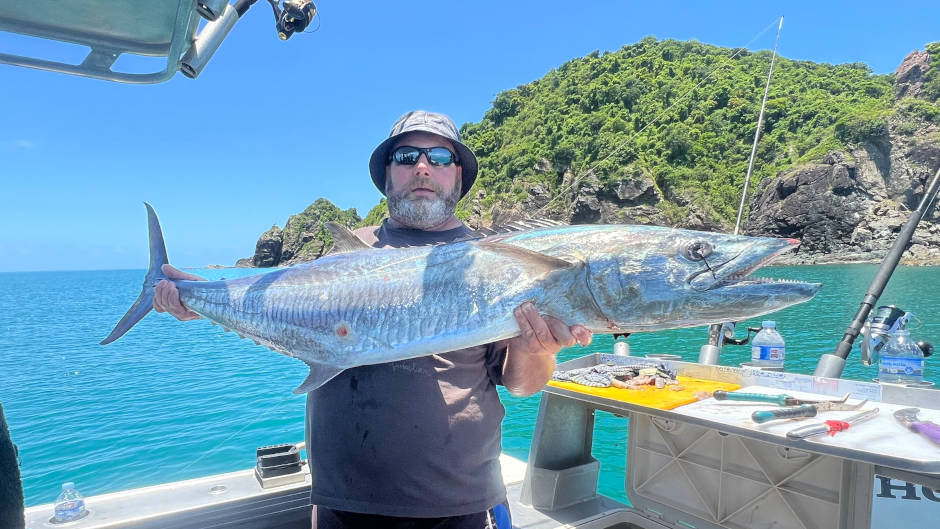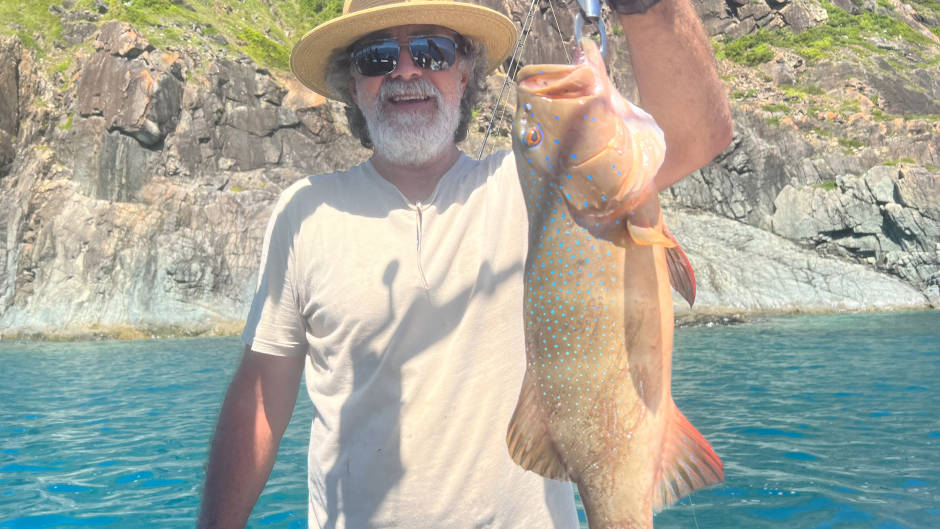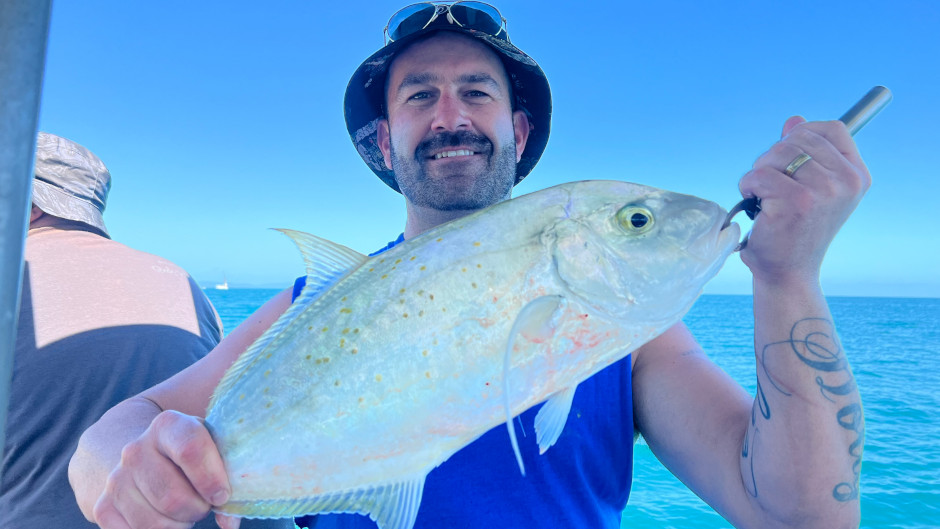Whitsundays Fishing Guide
The Whitsundays, a renowned fishing destination, offers an unparalleled fishing experience amidst the breathtaking Great Barrier Reef. As a responsible angler, it’s essential to adopt sustainable fishing practices to preserve the quality of fish and ensure the long-term health of the reef’s ecosystem.
Whitsundays Fishing Spots & Tips
To maximize your catch, focus on the reef’s edge one hour before or after high tide. Early morning and evening fishing yield better results, while nighttime fishing on a rising tide can be exceptional. Trolling along the reef’s edge can also produce impressive dividends.
Recommended Whitsundays Fishing Gear
- Hand lines are ideal for fishing charters, while rods offer advantages when fishing from rocks on the mainland.
- Prawns, squid, herring, and garfish are available baits in the Whitsundays.
- If using a throw net, small fresh fish from the shallows make excellent bait.
Fish Feeding Best Practices
- Use only raw marine products or fish pellets.
- Limit food to 1 kg or less.
- Throw food into the water, avoiding direct hand-feeding.
- Refrain from feeding fish in areas where fishing occurs.
- Swimmers and snorkelers should not be in the water during fish feeding.
Queensland Fishing Regulations
- Bag and size limits apply to many species to ensure sustainable fishing practices.
- Minimum size limits allow fish to spawn and contribute to the population.
- Maximum size limits protect large females and allow them to spawn.
Why We Have Size Limits
- Biological cycles: Size limits are based on biological cycles to ensure fish can spawn and contribute to the population.
- Conservation: Size limits conserve heavily exploited species and species susceptible to capture.
- Sharing the catch: Size limits promote sharing the catch among anglers and reduce illegal marketing.
- Ethical behaviour: Size limits convey the importance of responsible and sustainable fishing practices.
Some of the benefits of having size limits include:
- Conservation of vulnerable species
- Sharing of the catch among anglers
- Reduction of illegal marketing
- Promotion of ethical and responsible behaviour
Closed Seasons and Waters
- Closed seasons protect species during vulnerable times, such as spawning seasons.
- Closed waters protect populations of endangered or threatened species and prevent overfishing.
Recreational Fishing Licence
No licence is required for recreational fishing in the Whitsundays and Queensland tidal waters.
Species-Specific Regulations
- Barramundi: A closed season applies from midday 1 November to midday 1 February.
- Coral Reef Fin Fish: Three nine-day closed seasons have been implemented to protect spawning aggregations.
By following these Whitsundays Fishing guidelines and regulations, you can contribute to the long-term sustainability of the Whitsundays’ fish populations and ensure an enjoyable and responsible fishing experience.






